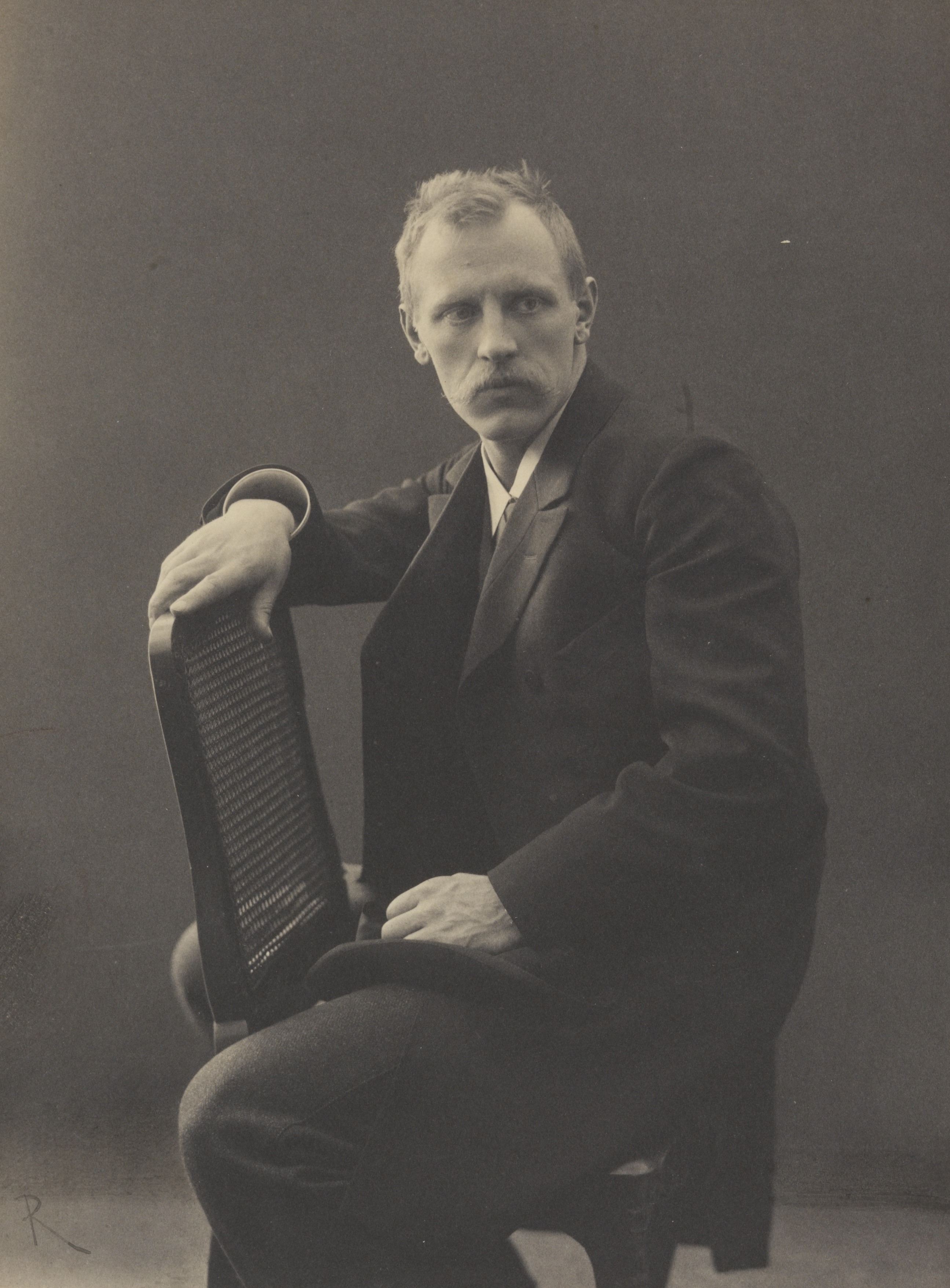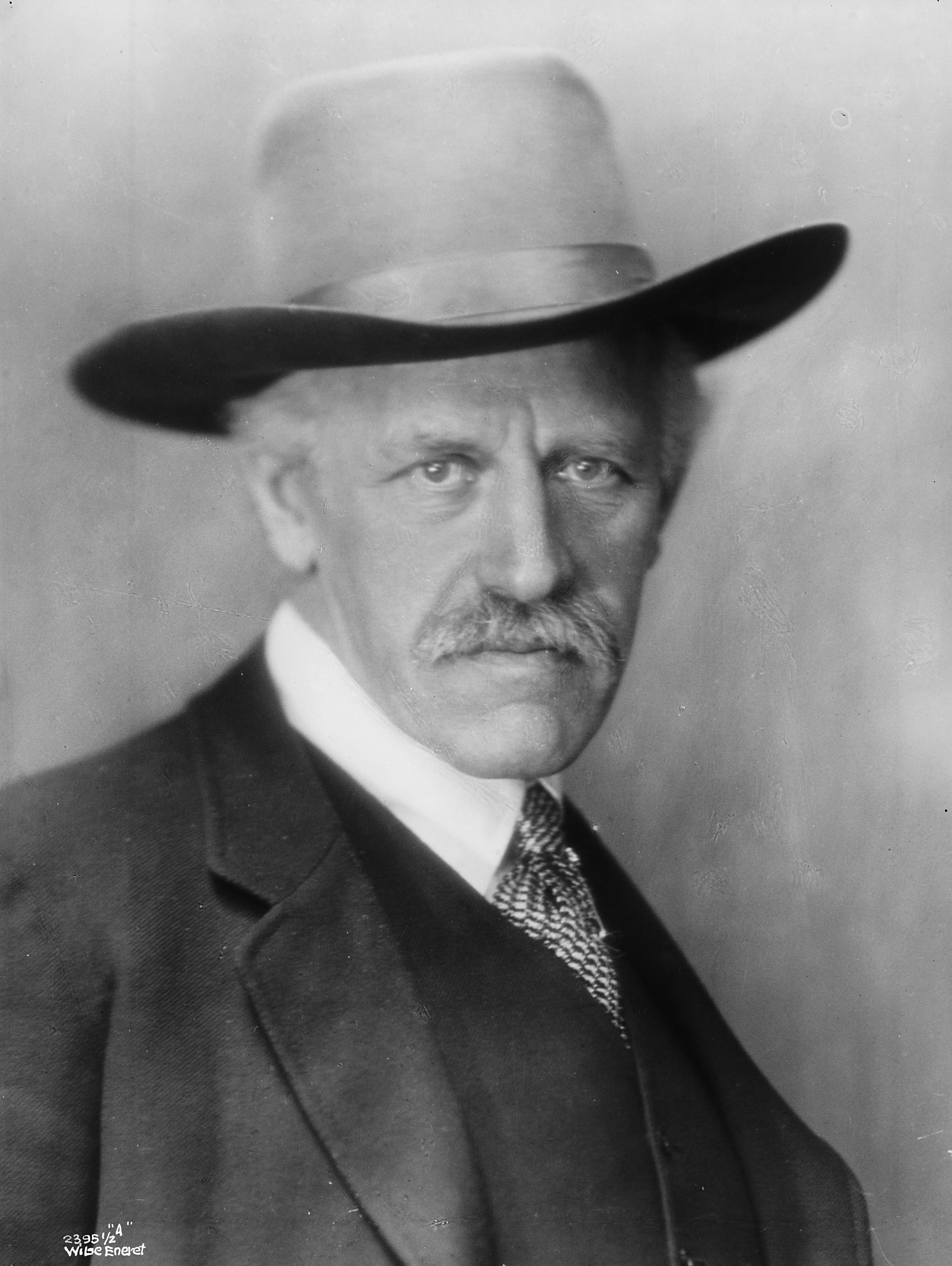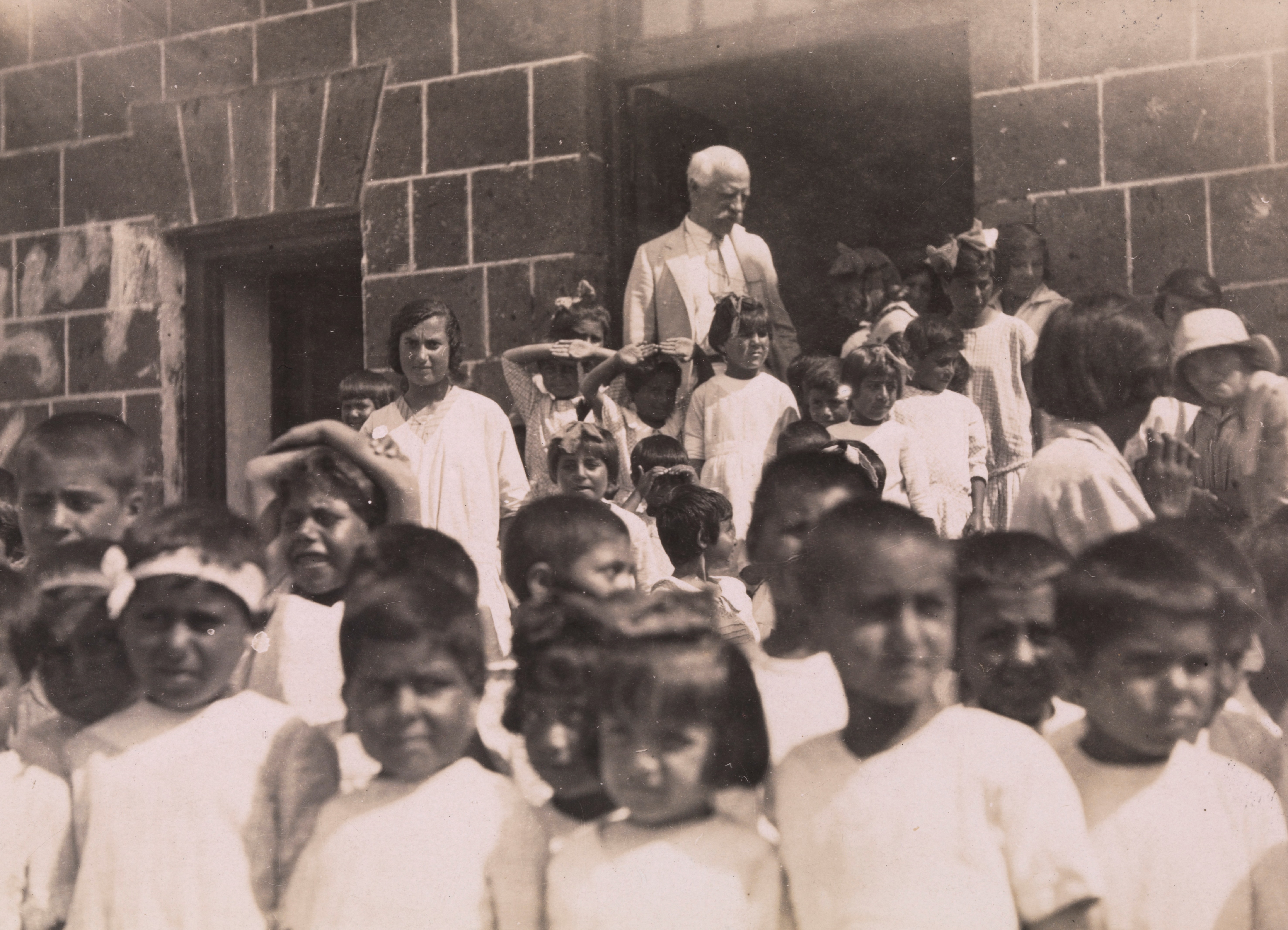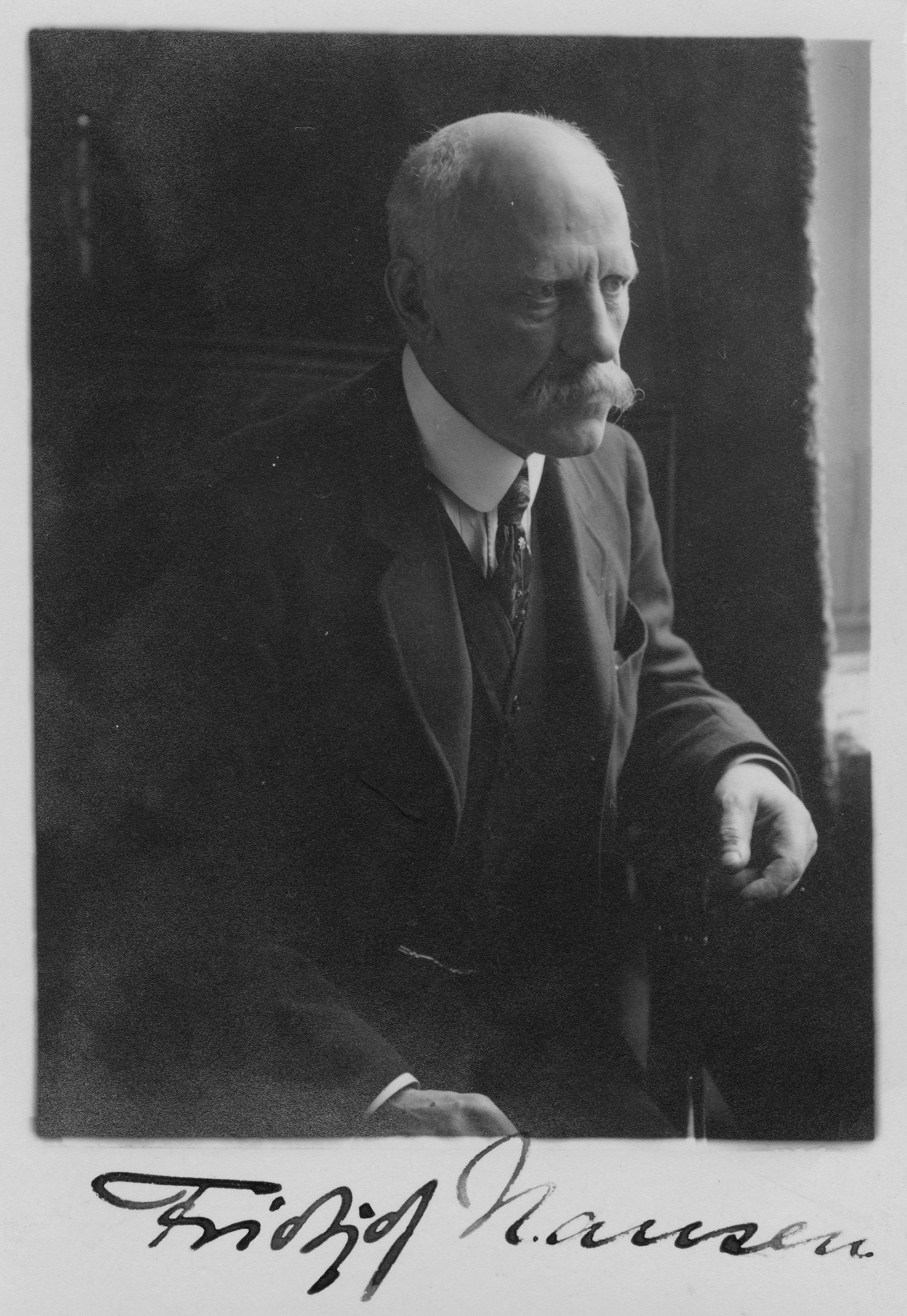







* Russian refugees: https://www.britishpathe.com/video/russian-refugees-part-1/query/russian+refugees)
GV banks of river; groups of people sitting round fires; others walking; hillside in BG. CUs groups; families; sitting around; some people eating soup from a common pot. Food, Group of tents and refugees. CU woman w/ small child in tent doorway. Man stands facing camera; tent behind him at rt., with woman sitting outside; laundry hung on one of the tent ropes; other people in BG; and cemetery in distance. Cemetery; w/ wooden crosses. DS from top of train car; of crowd of refugees on train platform. Not certain if the Russian Revolution and civil war; or famine has caused these people to become displaced persons.
This film is made up of two separate films, cut off from their titles and then put together in a single film. This reduction process was common at the time because it had advantages in terms of handling and transport (translation of title cards and editing of the film in another language, reduced versions, etc.). The first part of the film covers “Famine in Russia (Soviet Film)” (T F CR-H-00002-1). The second part consists of the film “Famine: a glimpse of the misery in the Province of Saratov, Russia” directed by G.H. Mewes on behalf of the Save the Children Fund. The two films were shot the first in the summer, the other in the winter of 1921.
The circumstances in which these films arrived at the ICRC are unknown to us. The large number of copies of these two films in the ICRC’s archives on the famine in Russia, however, suggests that the ICRC must have participated in its distribution, probably by sending it to National Red Cross Societies.
The two films that make up this montage are the result of different aesthetic conceptions. The film “Famine: a glimpse of the misery in the Province of Saratov, Russia” essentially documents the misery of children. The images show many children who are malnourished, dressed in rags, or even already dead. Another sequence shows places and houses deserted by their inhabitants. Then comes the making of bread and the distribution of food to children. There follow scenes of the exodus of the inhabitants, loading carts pulled by camels before taking the road. The last part of the film, the most dramatic, shows the cemetery of Buzuluk, in which frozen corpses are piled up.
Dr Nansen, League of Nations High Commissioner for Famine Relief, appears in the film, along with Dr Ferrar, member of the League of Nations Typhus Commission and Mr Copman, Quaker delegate.
(Description based on Enrico Natale’s report on the ICRC films of the 1920s.)
See https://avarchives.icrc.org/Film/5449
In June 1921 the All-Russian Committee for Aid to the Hungry was created, under the patronage of Maxim Gorky. This committee enjoyed the support of the Soviet government from July 21 to August 27, 1921, when it was dissolved, the very day of the signing of the Nansen-Tchitchérine agreement and a few days after the signing of an agreement with American Relief. Administration.
The film was most certainly brought back by Nansen himself from his trip to the starving regions of the Volga in November 1921; trip during which the filming of Mewes film on famine took place.
The film is presented during the press conference of Dr Nansen, High Commissioner for Relief in Russia, February 17, 1922 in Paris at the Trocadero.
The circumstances in which these films arrived at the ICRC are unknown to us. The large number of copies of these two films in the ICRC archives on the famine in Russia, however, suggests that the ICRC must have participated in its distribution, probably by sending it to National Red Cross Societies.
The film can be divided into three parts.
Representatives of Soviet power repeatedly appear in the images; they are recognizable by their beret. The images are less dramatic than that of the Mewes film, no image of a corpse.
(Description based on Enrico Natale’s report on the ICRC films of the 1920s.)
See: https://avarchives.icrc.org/Film/5448
On the occasion of the Xth International Conference of the Red Cross which was held in Geneva from March 30 to April 7, 1921, the ICRC produced 4 films which it commissioned from its delegations in Narva and Stettin, Warsaw, Budapest and Constantinople. He tries through them to reaffirm his role in the post-war period. The cinematograph, a communication tool – we then say “propaganda” – whose power of impact is already recognized, becomes its instrument. These films from the beginnings of humanitarian cinema deal with problems left unsolved by the First World War: repatriation of prisoners of war, fight against epidemics, aid to children and aid to refugees. Thus, was born the ICRC cinematography presented in this double DVD.
The Source Films DVD presents some of the nitrate films of the 1920s, as they were deposited by the ICRC at the Swiss Cinematheque in 1963. They were restored between 1995 and 2001 by Hermann Wetter and Jean-Blaise Junod, with the support de Memoriav, Association for the Safeguarding of Swiss Audiovisual Memory.
The Restituted Films DVD presents Jean-Blaise Junod’s attempt to restore the first ICRC films from the source films. It is based on extensive historical research by Enrico Natale and Lukas Straumann. Each restitution is accompanied by short documentaries which place it in its context.
See: https://avarchives.icrc.org/Film/5515
The ICRC is mandated to organize repatriations in collaboration with the High Commission of Dr Nansen for the repatriation of prisoners. The ICRC is building a maritime bridge over the Baltic Sea between Russia and the central authorities via Stettin (Germany) and Narva (Estonia).
252,000 Russian prisoners and 155,000 “central” prisoners were thus repatriated between May 10, 1920 and July 12, 1922.
The film shows the arrival in Stettin of an ocean liner carrying prisoners, as well as the departure of another liner which repatriates Russian prisoners, some of whom bear the Soviet banner.
(Description based on Enrico Natale’s report on the ICRC films of the 1920s.)
See: https://avarchives.icrc.org/Film/5437
After the dissolution of the Inter-Allied Commission for Russian Prisoners in February 1920, hundreds of thousands of prisoners are still being held in Germany and Russia. The ICRC is mandated to organize repatriations in collaboration with the High Commission of Dr Nansen for the repatriation of prisoners. The ICRC is building a maritime bridge over the Baltic Sea between Russia and the former central powers via Stettin (Germany) and Narva (Estonia). 252,000 Russian prisoners and 155,000 “central” prisoners were repatriated between May 10, 1920 and July 12, 1922. The governments concerned reimburse the ICRC for the cost of repatriation operations according to the number of their repatriated nationals.
The images of Narva were shot by an independent Swedish film crew in September 1920, then were bought by Georges Dessonaz, ICRC delegate in Narva in January 1921. They show the arrival of Russian prisoners, the transport by wagons of central prisoners in front of embark for Stettin, the town of Narva and its fortress, which houses an ICRC transit camp.
Stettin’s images were commissioned by headquarters on March 1, 1921 for the 10th Conference. Most of them are shot between March 12 and 19, 1921 on the quays and show the coming and going of prisoner transport.
The film shows the arrival at Stettin of an ocean liner carrying prisoners, as well as the departure of another liner repatriating Russian prisoners who display the Soviet banner.
During the filming only two transports could be filmed: the departure of a convoy of Russian prisoners and a transport arriving from Baltishport (Estonia).
(Description based on Enrico Natale’s report on the ICRC films of the 1920s.)